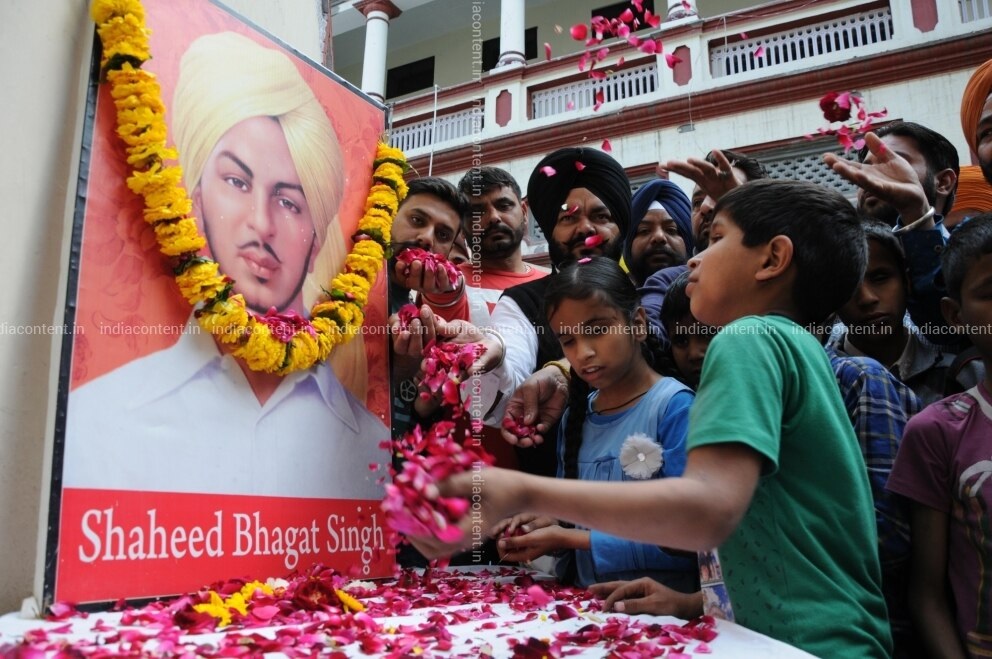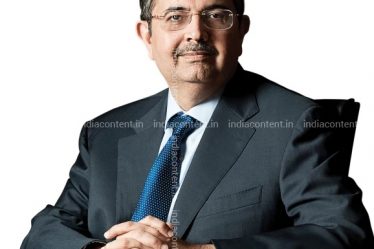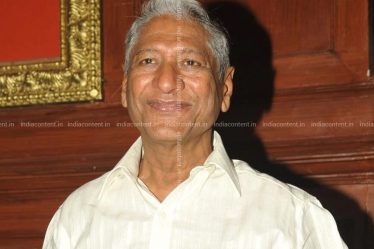
Shaheed Diwas Celebration in India
Every year India commemorates 23rd March as Shaheed Diwas or Martyr’s Day in the remembrance of three young revolutionaries named Bhagat Singh, Shivaram Rajguru and Sukhdev Thapar. They sacrificed their lives for the freedom of their nation. They were remembered for their extraordinary courage and heroism. Various schools and colleges organise an event across the nation to pay homage and express gratitude for the Indian freedom fighters.

Some of the popular quotes of revolutionary freedom fighter Bhagat Singh are as follows:
- “The sword of revolution is sharpened on the whetting stone of ideas-Bhagat Singh in court during his trial, India’s struggle for freedom”
- “Merciless criticism and independent thinking are the two necessary traits of revolutionary thinking.”
- “But man’s duty is to try and endeavour, success depends upon chance and environments.”
- “Philosophy is the outcome of human weakness or limitation of knowledge”.
- “Love always elevates the character of a man. It never lowers him, provided love be love”.
This year, Prime Minister Narendra Modi expressed his acknowledgement by paying tribute to Veer Bhagat Singh, Sukhdev and Rajguru on the special occasion of Martyr’s Day.
He tweeted in Hindi, “On Shaheed Diwas I bow down to the great sons of mother India, Veer Bhagat Singh, Sukhdev and Rajguru. The country will always be grateful for their sacrifice for the country. Jai Hindi!”
Bhagat Singh was the most inspirational and influential revolutionary who disseminated the phrase ‘Inquilab Zindabad’ during the pre-independence era.
Bhagat Singh, the Freedom Fighter
At the time of Bhagat Singh’s birth, his father was in prison due to political turbulence. His father and his uncle Sardar Ajit Singh were freedom fighters. An Indian Patriots Association was set up by his uncle who had 22 cases against him and was pushed to run away to Iran. As Bhagat was seeded in the patriotic family, he was never scared of fighting and aspired to eradicate the British empire. He wished to do the farming of guns in the fields during his childhood.
On 13th April 1919, he was propelled to Amritsar because of the extermination at Jallianwala Bagh and embraced the holy earth consecrated by the martyrdoms. He carried a handful of blood-drenched soil to home and wondered why a big mass of Indians could not dispel a bunch of antagonists.

At the age of 13 in 1920, he actively participated in Mahatma Gandhi’s Non-Cooperation Movement and wished that India would soon be independent with Gandhi’s endeavours. But he was offended when Gandhi revoked the drive and pursued Chaura Chauri riot in 1922. He followed the Non-Cooperation Movement led by Gandhi and burnt the government-sponsored books and British-imported clothing.
In 1926, Bhagat Singh established a Nav Jawan Bharat Sabha at Lahore to instil a spirit of revolution in the youth’s heart. He united with the Hindustan Republican Association which was later renowned as the Hindustan Socialist Republican Association. This revolutionary drive not only did aspire to make India free from Britishers but also wanted to create a socialist Bharat.
At the age of 23, Bhagat Singh became a folk hero in the freedom struggle of India who performed the two acts of dramatic violence against the British in India.
Later in 1928, the Simon Commission was called by the British government to have a debate on the sovereignty of Indian people but it was outlawed by several Indian political organisations because of the non-presence of any Indian representatives. In October, Bhagat Singh’s comrade Lala Lajpat Rai demonstrated against this commission and was wounded by the police superintendent James. A. Scott. Two weeks later, Rai took his last breath because of heart complications.
As the British government refused any misconduct, Bhagat Singh was still determined to take revenge for his friend’s death. He along with his two associates conspired to execute the police superintendent but instead assassinated another police officer John P. Saunders. At first, they escaped arrest but were confined later for bombing the Central Legislative Assembly in Delhi to demonstrate the implementation of Public Safety Bill. They had no intentions to kill anyone, but to scare, they were detained and got a chance to promote their cause.
Primarily, they were sentenced to life imprisonment but later were executed due to the murder of Officer Saunders. Bhagat had always been a controversial figure.
Buy Bhagat Singh Death Anniversary Images at indiacontent.in
Bhagat Singh Death Reason
Kartar Singh Sarabha who was executed at the age of 19 had always been a mentor for Bhagat Singh. Although several political leaders pleaded and coerced the British Government, martyr Bhagat Singh, Sukhdev and Rajguru faced the death penalty in the early hours of 23rd March 1931 in Lahore. They were charged for devising a conspiracy against the colonial government. The three were accused of assassinating the British police officer John P Saunders. Their corpses were incinerated near the Sutlej River in Ferozepur. Bhagat Singh was martyred at the age of 23. According to the old-timers, not even a single stove was burned on that day.
After 87 years of Bhagat Singh’s martyrdom, Pakistan government revealed few records of the legendary freedom revolutionary’s case file encompassing his execution certificate for the first time in 2018.

Bhagat Singh Images on India Content Website
The India Content Website has a huge stock of high-definition images related to Bhagat Singh. The pictures are available in three sizes – small, medium and large.
You can purchase various other content images from the https://www.indiacontent.in


